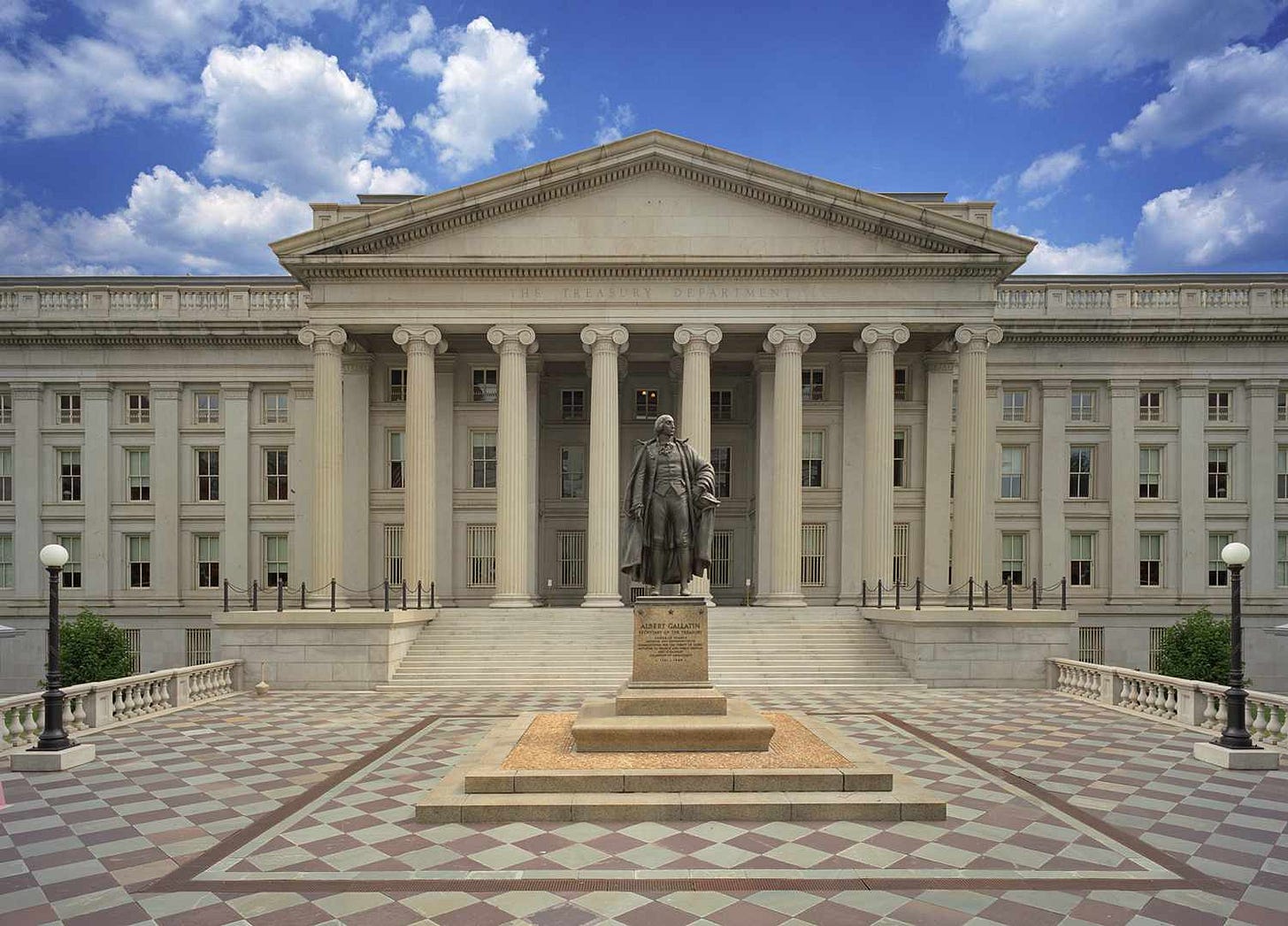The Unwinding of Empire: U.S. Dollar Hegemony, BRICS Strategy, and the Global Economic Transition
From Dominance to Diversification: The Structural Repositioning of Global Capital in the Post-Dollar Era
In a media landscape dominated by sensationalism and culture wars, the headlines often miss what truly matters. A structural power shift is underway across the Global South, and most visibly among the BRICS+ nations. While the West is entangled in narratives of its exceptionalism, the rest of the world is recalibrating. China offloaded $150 billion in U.S. Treasury bonds during the first quarter of 2024. Across the BRICS alliance—Brazil, Russia, India, China, South Africa, and now newer members like Iran, Egypt, and the UAE—there is a coordinated, deliberate reduction of exposure to U.S. assets.
This trend isn’t new, but the pace and intent have accelerated. What was once a slow rebalancing is now a purposeful flight. The reasons are clear - ballooning U.S. debt, increasing weaponization of the dollar, and geopolitical adventurism have all made the American financial system less attractive. The same policies that once reinforced U.S. dominance are now unraveling it.
A reordering of the post-World War II financial architecture that kept the U.S. dollar at the center of the global economy has begun.
The $7.5 Trillion Warning
Over $7.5 trillion in U.S. assets, primarily Treasury bonds, is at risk of being pulled by foreign holders. For decades, the American government enjoyed a privilege no other country had: the ability to borrow at scale, cheaply, and in its own currency, thanks to the dollar’s position as the world’s primary reserve currency. But today, confidence in that arrangement is declining. What started as isolated divestments—first by Russia, then China—has matured into a coordinated policy direction by much of the Global South.
The implications are truly profound. If the holders of these U.S. assets begin to accelerate their divestment—which, again, we’re already seeing—the U.S. could face a trifecta of consequences: higher interest rates, a weaker dollar, and an increasingly unstable debt market. The mere signal that foreign buyers are retreating forces domestic investors to demand higher yields for the risk they’re now shouldering alone. That translates into a rising cost of borrowing across every level of American life—from the federal budget to mortgages to student loans.
Keep reading with a 7-day free trial
Subscribe to World Affairs in Context to keep reading this post and get 7 days of free access to the full post archives.




